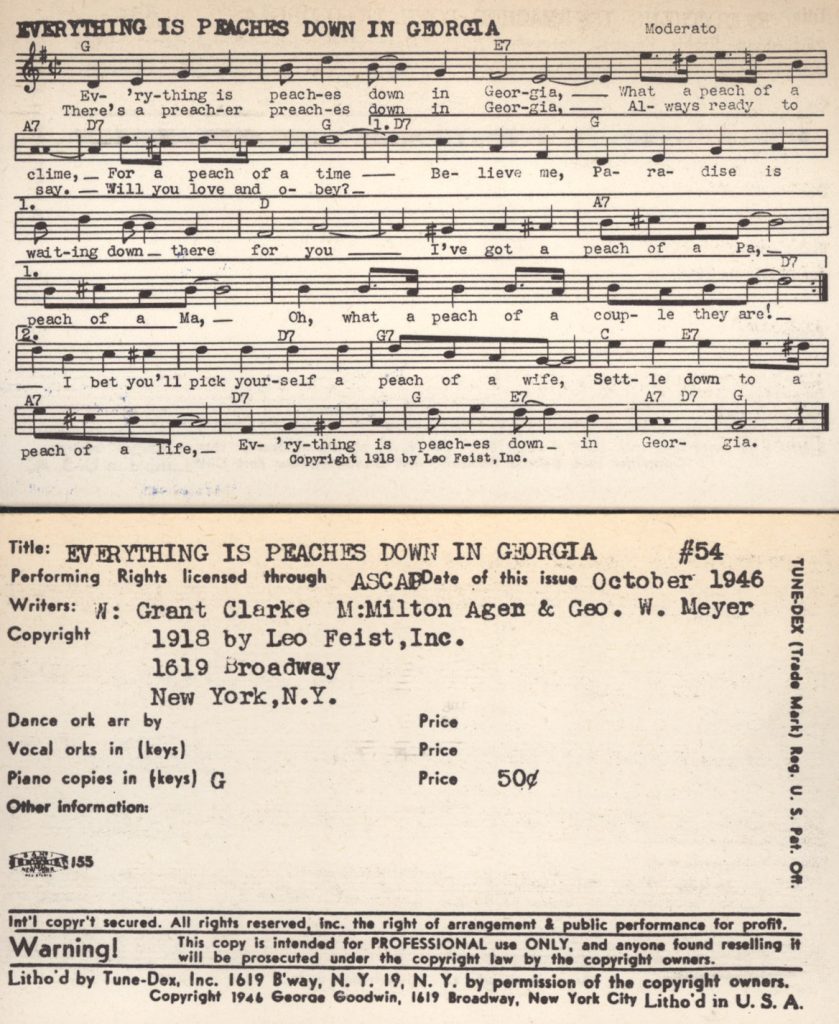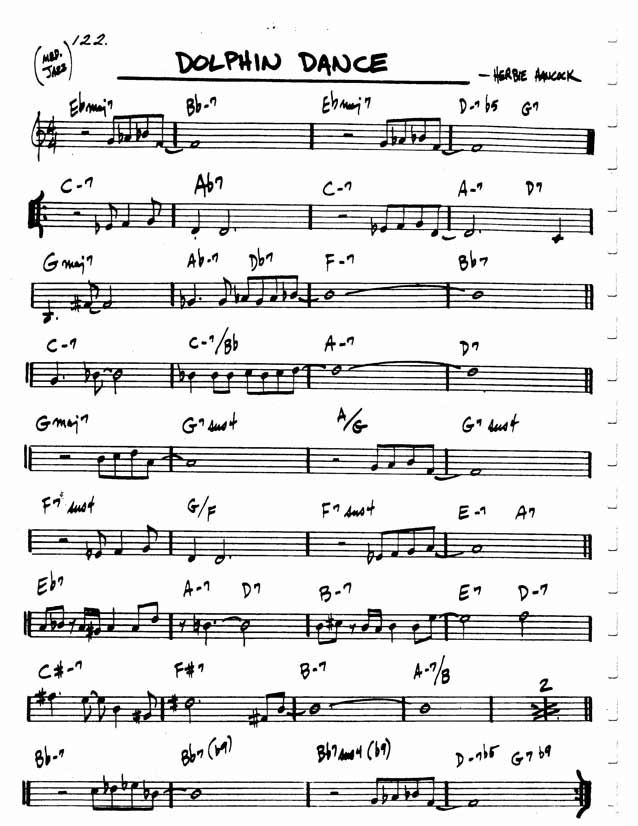Useful or Useless?
Any jazz musician knows exactly what the Real Book is. They probably own one or two; stashed in a corner collecting dust. Here’s the story of why the Real Book was created, and why it is so essential and useless at the same time.
In the late 1940s, the first compilations of common popular repertoire for gigging musicians, called Fake Books, were created. These books were born from Tune-Dex cards, (pictured below), which offered a melody and a crude version of the chord changes to popular songs. The idea was that musicians could carry around these cards so that when they got a request they didn’t know, they could just find the index card and read the tune.

However, carrying around an unorganized mess of 3×5 cards to every gig clearly was not convenient. So, bootleg books containing copies of Tune-Dex cards, organized in alphabetical order, began to circulate. The compilations were called “Fake Books” because they allowed musicians to “fake” their way through songs they didn’t know.
Around 1975, a group of unnamed students at the Berklee College of Music decided to create something like Fake Books, but more accurate and containing music that was relevant to jazz musicians. They probably wanted access to a collection of new charts by people like Chick Corea and Steve Swallow. So they went to work transcribing lead sheets for their favorite tunes and writing them out by hand in what became known as the Real Book. The book was an immediate success.
It’s important to note that none of the artists whose tunes were included in the Real Book were paid for their work. Was this legal? Definitely not. The Berklee musicians apparently looked into legitimizing the Real Book, but realized doing so would be nearly impossible and extremely expensive. So, versions of the Real Book were sold illegally until 2003, when the Hal Leonard Corporation legitimized most of the charts from the original real book and sold a version that was actually legal. There are now several volumes, transposed versions, and bass clef versions of the Real Book. You can also buy the “Real Christmas Book,” or even the “Real Country Book”….
It’s hard to imagine anyone would complain about the Real Book. Any jazz musician should be thankful that somebody else already did the work of transcribing the chords and melody of the standard jazz repertoire, right? Plus, if you don’t know many tunes, you can show up to a jam session and just read from your handy Real Book. As great as this may sound, the fact is, if you show up to a jam with a Real Book at any point past high school, you will be immediately shunned and your quality of musicianship will probably be questioned. This reaction may just be the product of battling egos and “jazz boys” trying to prove that they know more than other “jazz boys.” However, widespread disrespect for the use of Real Books is a legitimate position to hold.
Aimee Nolte, a jazz educator whose youtube channel has over 100k followers, sums up a few of these reasons in the video below. She mentions that if you want to learn a song, it’s much more likely to stick if you learn it by ear instead of relying on the lead sheet. If you’re always faking it, you’re never really learning anything. Plus, books are heavy!
Furthermore, even in the newest versions of the Real Book, the chords are often wrong. For example, if you’re familiar with jazz harmony, try listening to Herbie Hancock’s Dolphin Dance and comparing the chords you hear to the chords on the lead sheet:

Close……
The Real Book has its down sides, but we must not forget the lasting and widespread impact it has had on jazz. It will always be a great reference to start with when learning a tune, and its a great backup when you’re on the spot. As an article in jazzadvice.com states, “the book is like a pair of training wheels for your improvising.” Just remember that at the end of the day it’s always better to learn a tune by ear.
Sources:
- https://officialrealbook.com/history/
- http://www.bassfrontiersmag.com/the-real-book-a-history-commentary
- https://www.youtube.com/watch?v=dD0e5e6wI_A
- https://web.archive.org/web/20160403035705/http://www.personal.psu.edu/bdk4/PREHISTORY.pdf
- https://www.jazzadvice.com/why-you-shouldnt-be-a-real-book-player/
- https://www.youtube.com/watch?v=nMiCg8sDQh4
- https://blog.library.gsu.edu/2010/10/13/popular-music-tune-dex-cards/
- http://www.guitarcats.com/realbook-jazz-standards/dolphin-dance

Hi Yvonne this was a great read! I really enjoyed this topic because of the interesting history the Real Book went through. The chronological history was spaced out well and your usage of hyperlinks made it even more effective. I did not know about those index cards that people would bring around which I thought was interesting. As a suggestion, I felt you could have put one or two examples of how the recording of “Dolphin Dance” is different than what the lead sheet says. Just like a quick difference of chords or something notable because to the average reader, their ear is not trained to hear or know these differences. Other than that, this was a great post!